Cooking Utensils Set-Kitchen Accessories, Nylon Cookware Set-Kitchen Gadget Tools of Black 23 Pieces Lux Decor Collection
Lux Decor premium 23 Piece Black Cooking utensils set makes your cooking faster. Its consists of almost every kitchen tool that you need for cooking such as for breakfast, lunch, and dinner. With this modern multi-functional kit, you have everything at hand you need for cooking, no matter what dish you are planning to make.This simple yet complete line of tools and gadgets will make a beginner feel like a professional.What’s in the Box?Solid SpoonSolid TurnerLadlePizza CutterBottle OpenerPeelerCan OpenerFood TongMeasuring SpoonsMeasuring CupsGraterWhiskSilicone SpatulaPotato PressDay to Day Food PrepsCooking Utensils, Kitchen Gadgets & Measuring Cups DetailsIncludes 1 Ladle,1 Tong, 1 Solid Spoon, 1 Slotted TurnerHeat resistant up to 400 degrees F Safe to use with nonstick cookwareBPA free food-grade materialsGadgets: 1Can Opener, 1bottle opener, 1Whisk, 1Grater, 1Pizza Cutter, 1Peeler, 1Masher, 1SpatulaGadgets material: Stainless Steel, Silicone, and thermoplastic rubber (TPR)Collapsible Measuring Cups: 1 cup, ½ cup, ? cup, ¼ cup (8 oz, 4 oz, 2.7 oz, 2 oz)Measuring Cups material: Silicone BPA free food-grade materialsCare:Do NOT clean in the dishwasherFor full care instructions and safety warnings, always refer to the product box and manualHand wash ONLY
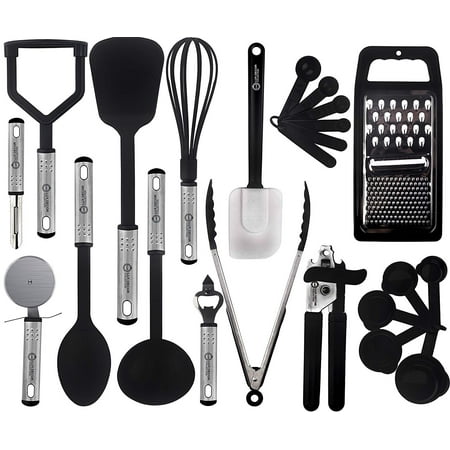

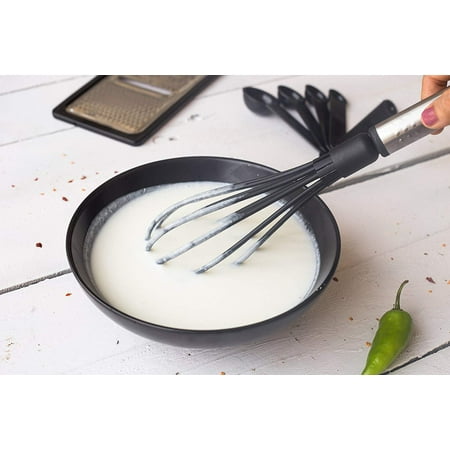


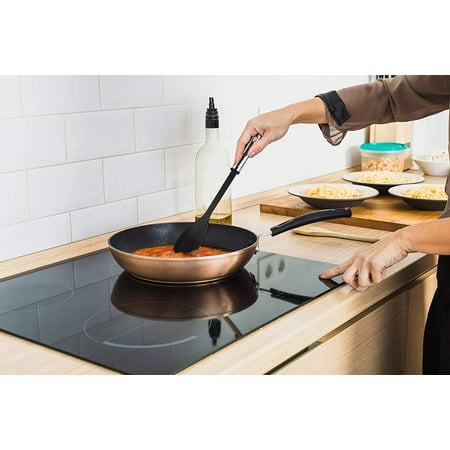

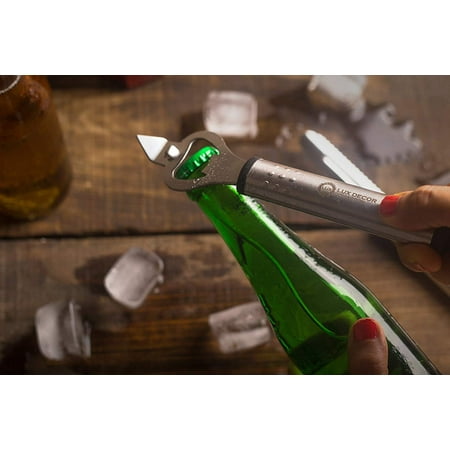
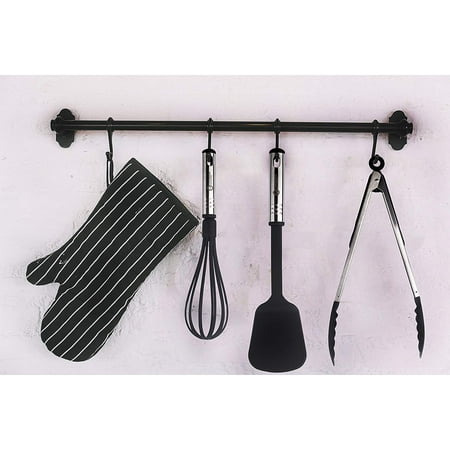
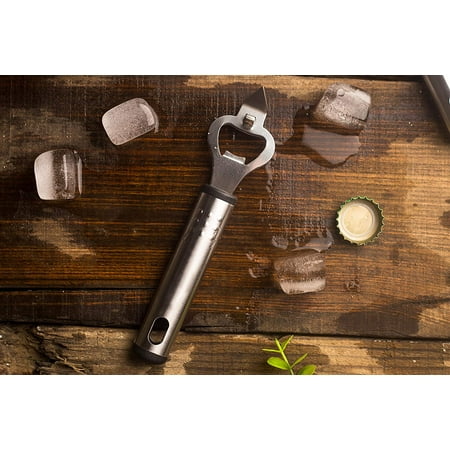
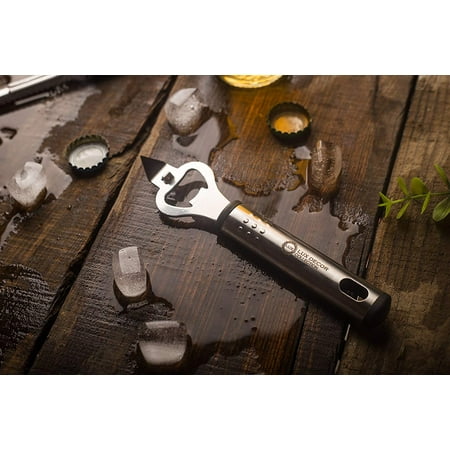
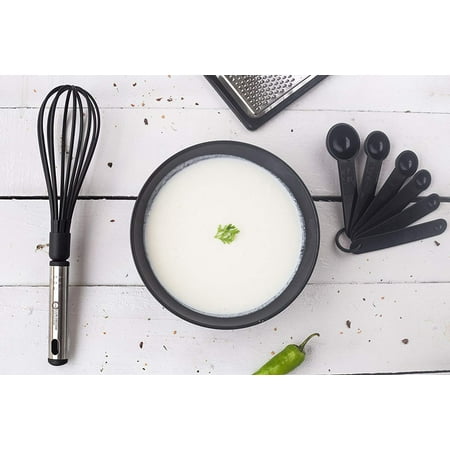
The ultimate 23 piece Kitchen Utensil set – One Complete Nylon set that supplies you with every kitchen tool and gadget that you need for a perfect cookingStrong construction- Strong and Durable Cooking utensils with Non-Stick Nylon heads that do not harm or leave marks on any of your nonstick cookware set pans and pots unlike other plastic kitchen utensils. Lux Decor kitchen supplies are lightweight as well as tough making your cooking experience even better.Sturdy handles – The handles of our kitchen tool set are made with 100% Stainless Steel which provide durability and strength as well as comfort that is not available in utensils with plastic handles.Heat resistant – Each utensil from our cooking utensil set is safe to be used on all cookware as they are heat resistant. Kitchen cooking set.Easy to clean – All utensils are dishwasher safe. Hannah Kitchen gadgets set uses Premium food grade silicone that is high temperature resistant and meets strict FDA and LFGB standards. All components are to be dried and stored.

Reviews
There are no reviews yet.